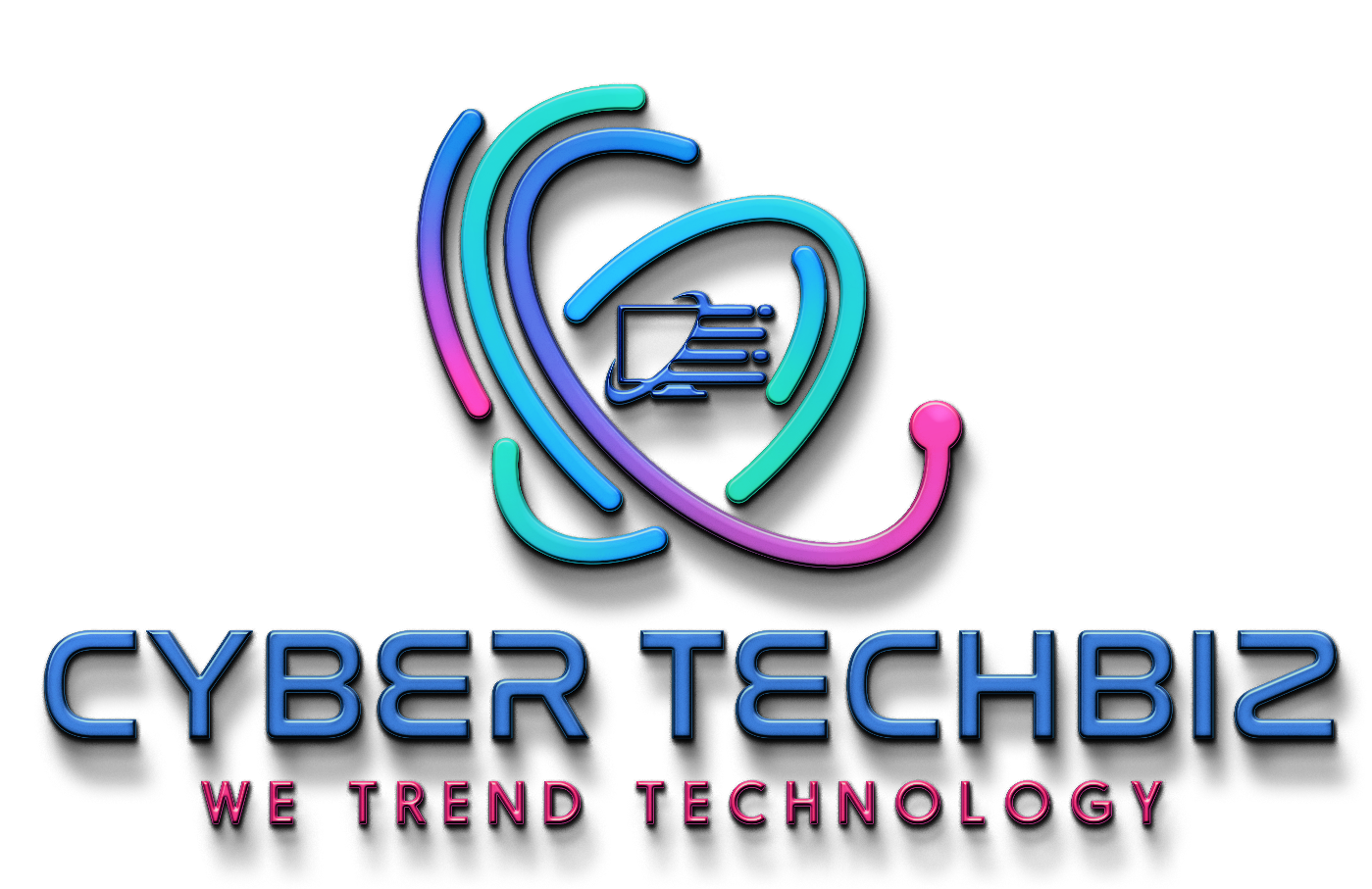We’re at an interesting crossroads in security and networking today. Personas that were once completely separate—network administrators, virtual machine administrators, Kubernetes platform engineers, cloud engineers working on specific public cloud platforms—are melding into masters-of-all “platform engineering” teams.
Similarly, we’re seeing the boundaries between layers of the enterprise stack starting to relax, and seeking common operating models for simplicity. With Tetragon, the rich contextualization of security events, and ability to enforce against them, across not just user space but the kernel and the network layer, will make powerful runtime security a generalized skill that platform engineers and developers alike can tap into, to stay ahead of the software supply chain threat domain.
Jeremy Colvin is a senior engineer at Isovalent. Jeremy’s passion is digging into the bits and bytes of what makes good security. As one of the world’s leading experts on the eBPF program, Tetragon, Jeremy works with security engineers to create defense strategies for new threat types like XZ Utils, which require advanced contextualization across Kubernetes identities, network infrastructure, and namespace. Jeremy graduated from Princeton, focusing on policy around privacy and information security, and has a masters degree in information security from UC Berkeley. Outside of Isovalent, Jeremy enjoys playing soccer and volunteering with Best Buddies.

